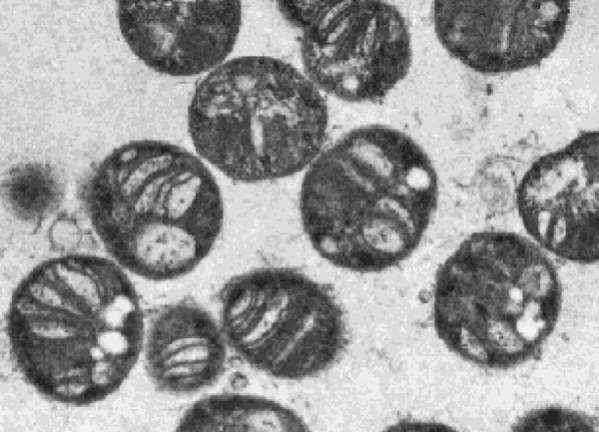![[Representational image] Food for astronauts during future deep-space missions can be produced from their own waste. deep-space mission](https://data1.ibtimes.co.in/en/full/678037/deep-space-mission.jpg?h=450&l=50&t=40)
Feeding astronauts is one of the major logistical problems space agencies could face during long deep-space missions in the future. But, a team of researchers may have found a solution for it, which requires converting human waste into food.
In a NASA-funded study, published in the journal Life Sciences in Space Research, researchers at Pennsylvania State University have shown that it's possible to break down solid and liquid human waste and convert it into an edible form by using a series of microbial reactors. According to the researchers, this can be done while simultaneously minimising the dangers of pathogen contamination.
Unlike present-day space missions that are of relatively short duration, future space voyages are going to be much longer. For instance, missions to Mars or beyond are projected to take years, making it difficult to bring enough food from Earth while also increasing the mass and fuel cost of the spacecraft.
Although experiments are going on aboard the International Space Station to grow vegetables en route by using hydroponic or other methods, it is considered to be an energy- and water-intensive process. Researchers, therefore, shifted their focus on how to use microbes in biological reactors to turn waste into food in an easier and faster way.
To test their idea, the researchers used an artificial solid and liquid waste that's commonly used to test waste management systems. They placed the waste in an enclosed cylindrical system, in which it came into contact with microbes that broke down the waste using anaerobic digestion.
"Anaerobic digestion is something we use frequently on Earth for treating waste," Christopher House, professor of geosciences, Penn State, said in a statement. "It's an efficient way of getting mass treated and recycled. What was novel about our work was taking the nutrients out of that stream and intentionally putting them into a microbial reactor to grow food."

The researchers found that methane produced during the anaerobic digestion of human waste could be used to grow a different microbe called Methylococcus capsulatus which is used as animal feed today. In the study, the researchers concluded that such microbial growth could be used to produce a nutritious food, containing 52 percent protein and 36 percent fats, for deep-space travellers.
To avoid the dangers of pathogens getting into the mix, the researchers studied ways to grow microbes in either an alkaline environment or a high-heat environment.
The researchers found that a strain of the bacteria Halomonas desiderata with 15 percent protein and 7 percent fats could survive a pH level of 11. At 158 degrees Fahrenheit (70 degrees Celsius), they managed to grow edible Thermus aquaticus, consisting of 61 percent protein and 16 percent fats.
"Imagine if someone were to fine-tune our system so that you could get 85 percent of the carbon and nitrogen back from waste into protein without having to use hydroponics or artificial light," House said. "That would be a fantastic development for deep-space travel."

















